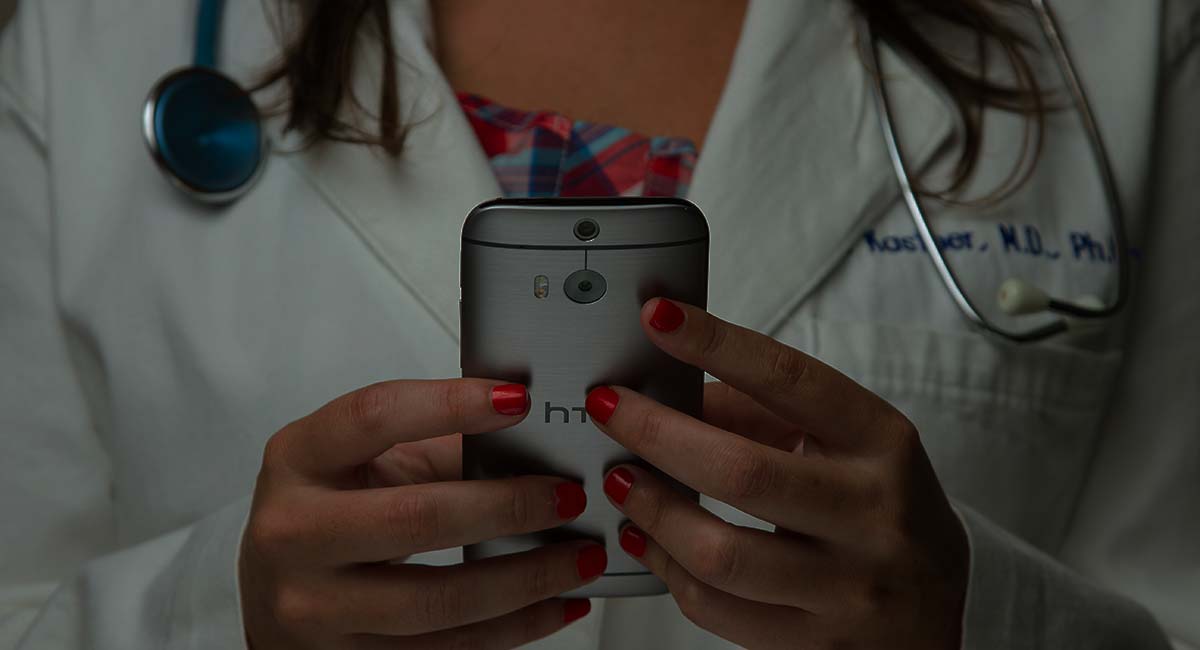
Over the past decade, broadband internet has greatly improved health communication and access to information in general. Many doctors have revealed that the COVID-19 pandemic badly divides their digital patient registries. People face difficulty communicating with their doctors due to no access to electronic media records.
So, a question arises: Is Broadband access a public health issue? Undoubtedly, Health outcomes are closely correlated with income level, residence, and education, and broadband has direct access to health issues. Furthermore, the poor availability of broadband affects people's health across the world.
The Digital Divide
Digital literacy can be a core component of health care as it leads to an increase in employment opportunities. All the health care apps, mental health resources, patient portals, and assistance programs require internet access but according to Microsoft estimates that still in 2022, most Americans lack high-speed broadband access.
The Provocation of Telehealth
According to the Bipartisan Center, it has come to be known that 34% of rural residents and older adults in America are facing the challenge of high access speed internet.[1] Furthermore, low-income people and rural residents face the provocation of broadband access. Well! It would be safe to say that proper telehealth access should be provided to level up the living standards of these people, which lead to a decrease in public health issues.
Broadband refers to the high-speed internet access that enables computer users to access a service at broadband speeds. Broadband is distinguishable from dial-up internet service for a bunch of reasons:
- Broadband service offers a higher speed of data dispatch.
- It provides the key to the top-quality internet perks, such as videoconferencing for telehealth.
- It can help you access the internet constantly without a single hurdle. This means that it would not block phone lines, and there is no need to reconnect each time you need to utilize the internet.
Why is digital literacy considered an essential factor for telehealth?
Digital literacy is a most significant preservative for increasing people's health across the world, as Americans have increased the use of telehealth from 9% to 36% in the past few years.

How to make digital health care accessible?
Collaboration of government and business organizations is the only solution to making digital health favourable. Lawmakers should also expand digital coverage, so doctors can communicate with their patients or increase their access to special care and improve patient satisfaction. Well! Remote workers in rural settings with limited access consider SAT internet or internet without cable TV or a phone line.
What policies should be adopted for Digital Health patients?
The American Congress should also need to make specific flexible policies and permanent public health emergency waiver centers to decrease the risk of any health crises. Making permanent emergency health centers, making adaptable policies, and providing access coverage of broadband in rural areas can overcome the health problems. Furthermore, notable practitioners, including therapists and doctors, can also help to become a source of providing telehealth facilities to Americans.
Digital Inclusion
Digital insertion means containing access to broadband services. Digital insertion has now become a part when communicating about people's health. So, it should be considered the most important. All members of society need to make online and virtual appointments with doctors by containing access to three things: broadband, digital literacy, and a computer.
To conclude this post, it would be safe to say that the government must make flexible policies of providing employment that is the only solution to making digital health favourable.

